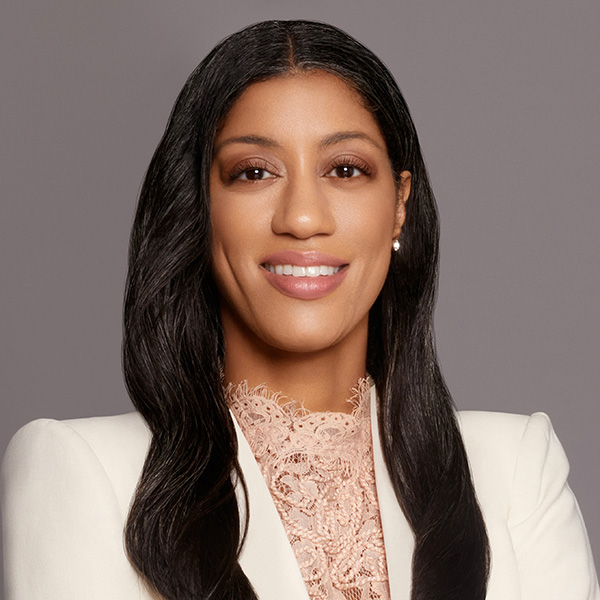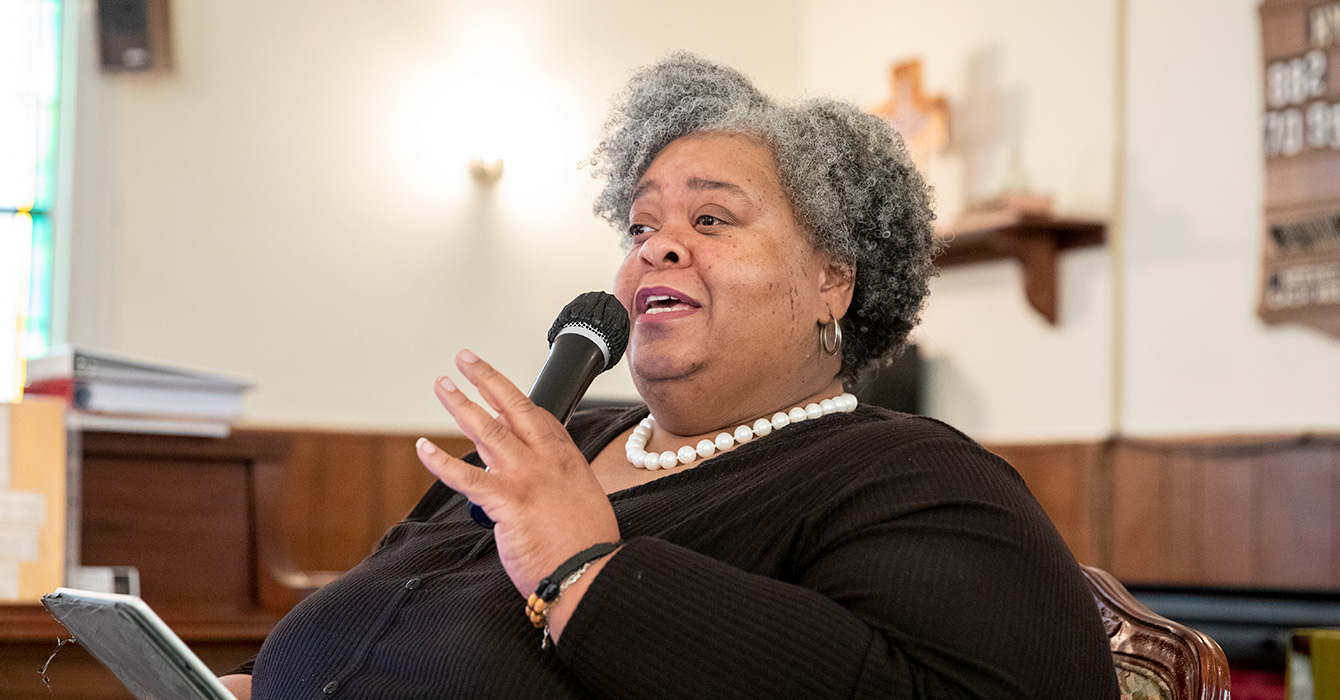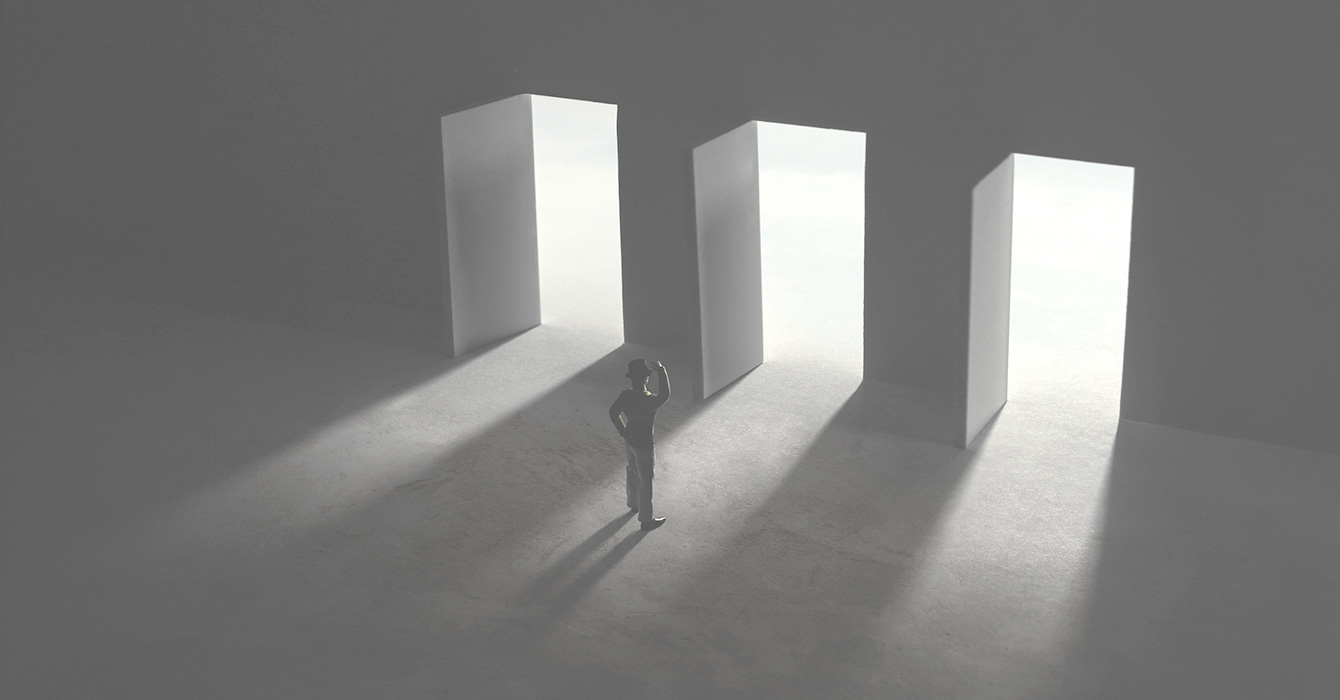I’ve had a lifelong, relentless wonderment about what compels people to seek a spiritual community.
“Why are you here?” I often asked myself as I walked into the sanctuary, facing a roomful of worshippers. Climbing the red-carpeted stairs to the pulpit, I would gaze out at my parishioners’ faces. Over and over, I would look out and ask myself, “Why are they here?”
The reasons are many -- habit, pleasing grandmother, seeing friends, enjoying the music.
But I’ve always known that there is something deeper. There must be a restlessness, a longing that stirs us to show up. When I’ve asked directly, I’ve received typical answers: “I come to get my batteries recharged”; “I come to find a way to get through the week”; “I have a need to be with my people.”
Even as membership in mainline churches declines, people’s interest in spiritual practice remains vital. Those who say they’re “spiritual but not religious” may not identify with institutional religion; still, the spiritual impulse motivates them.
It may lead them to attend a mindfulness meditation group or a Buddhist retreat, or perhaps to seek a spiritual director or a life coach. Whatever direction people’s spiritual paths may take, I always want to ask them, “Why are you here?”
My question has reverberated with astonishing persistence. For 20 years, I have gone on retreat at a monastery, where I’ve repeatedly asked the monks, “Why are you here?” They give me a quizzical look and typically say, “I’m here to deepen my communion with the divine.”
Since retiring from pastoral ministry, I’ve been spending most Sunday mornings in a Quaker meeting, where about 75 people sit together in silence. There is no sermon, but persons who feel prompted by an inner message may speak.
As I sit silently among the Quakers, the questions continue to echo in my head: “Why are you here? Why am I here? Why are we here in this service of worship?”
When I ask my Quaker friends directly, they often say something like, “I’m here to attend to the inner light that resides within all of us.”
But none of the answers I’ve received gets at the core reason. So after my years of interrogating, what’s my answer to the Big Question?
I believe that we come to church, synagogue, mosque, Quaker meeting or mindfulness meditation because we want our life to be restored.
We want to come back to life. We want to be fully alive. We want the life force to rise within us with such strength that we can face our struggles, fears, dilemmas and pain.
At the monastery, I discovered that one of the earliest Christian prayers was, “God, remove the deadness. Make me fully alive.” These Christians did not focus on beliefs or dogma but on the gift of full aliveness.
They saw the human Jesus as Life Giver (“I have come that they may have life, and have it abundantly,” John 10:10).
I’ve concluded that we come to worship, to our spiritual practice, with the same plea: Remove the deadness.
That means that we enter into a spiritual process seeking to release the pain, to let go of the struggle that saps our energy, to hand over the anxiety and the sorrows. We seek to empty ourselves of whatever may be blocking the free flow of aliveness.
As the monastic writer Bruno Barnhart has said, Jesus awakens in us “that which lies at the core of [our] own being.”
This is inner work; the living water will flow freely if we are willing to clear away the obstacles to the inner wellspring. We then awaken to embody the qualities of aliveness we learn from spiritual traditions: kindness, compassion, justice, love.
Such inner work opens the heart, releasing the love and compassion that are essential for engagement with the world.
My practice has emerged from different sectors of my life. Yes, it has come from my experience in Christian worship, where “confession” is part of the liturgy, a practice that releases one’s inner struggles to hear the word of forgiveness and newness.
I’ve learned it at the monastery, where the rule invites: “Empty yourself completely and sit waiting, content with the grace of God.” I’ve learned it from Quaker worship, where silence is the path to the inner light, the deeper self.
It may seem odd, but I’ve also learned it from my longtime group of backpacking friends. Five of us take annual jaunts into the wilderness, including the Appalachian Trail, where we can get back into the forest. We call it “the sacred center.”
Here we come to a meeting. It’s not formal worship, but it has some parallels. We hit the trail together to release stress, to bask in the moment, to feel invigorated, to realign with core values, to re-connect to life-giving energies. We take a journey together to come alive again.
My experience with Baptists, monks, Quakers and backpackers has prompted me to be more aware of the “come alive” moments in my daily journey.
I come alive in spirited conversations with my friends and colleagues. I come alive with my longtime folk group as the music takes us over and we feel that the song is singing us.
I come alive with my family as I rediscover the bond of love and laughter. I come alive in my community as I invest myself -- with passion and perseverance -- in advocating for economic justice, pushing to open opportunities for our neighbors to move toward economic stability.
This focus on aliveness gives clarity to how we approach our work in the world. As the teacher-mystic Howard Thurman said, “Don’t ask what the world needs. Ask what makes you come alive, and go do it. Because what the world needs is people who have come alive.”














